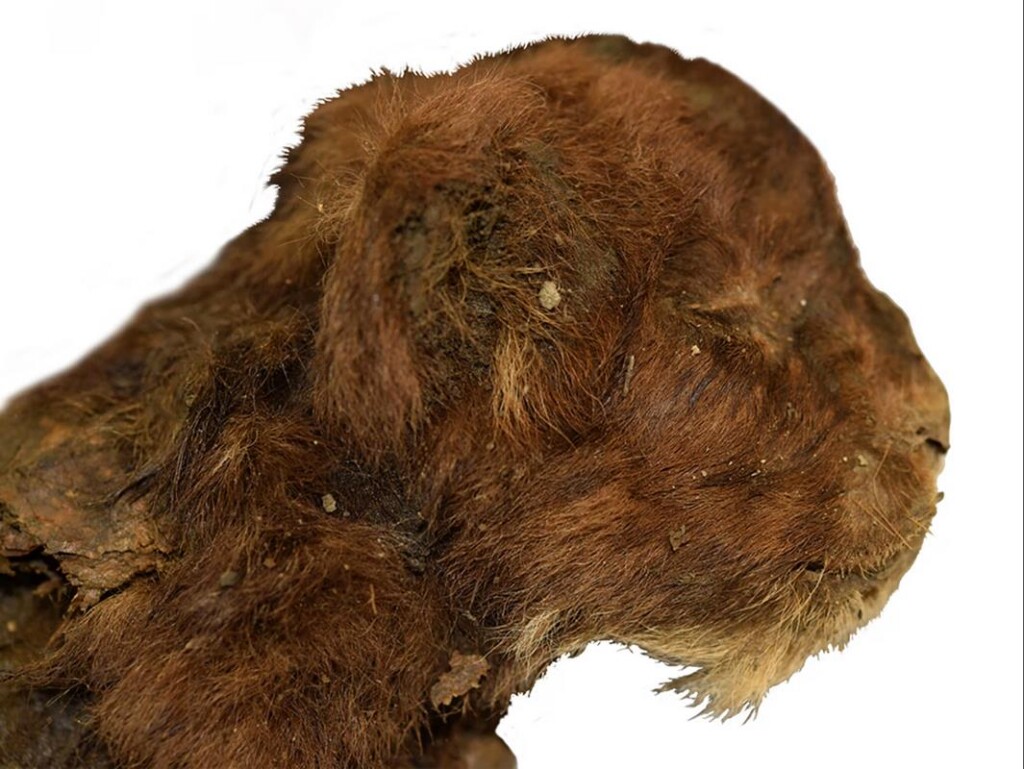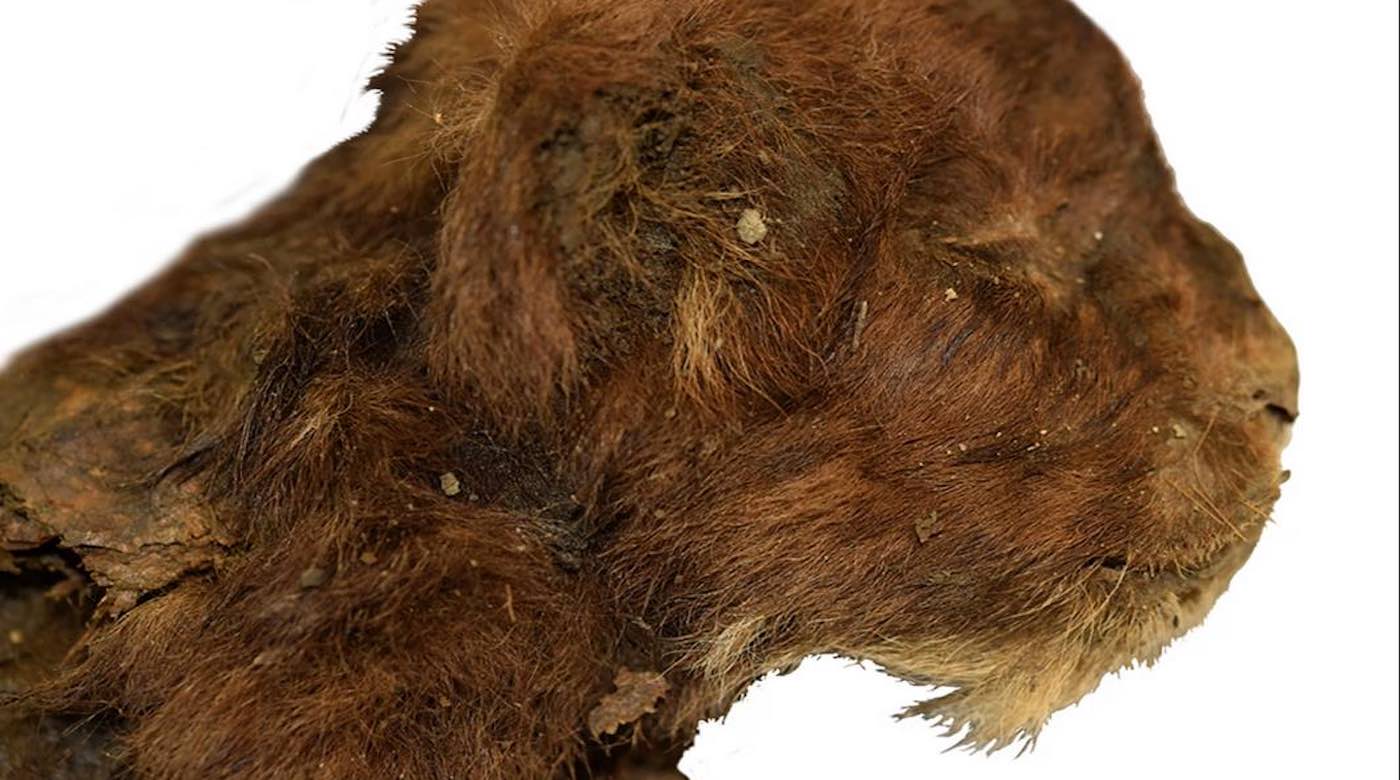
Despite hundreds of scientific illustrations, no one knew for sure what a saber-toothed cat actually looked like, until now.
As is sometimes the case, Siberian prospectors looking for mammoth tusks, likely illicitly, have uncovered another incredible Pleistocene mammal frozen in permafrost—in this instance, a “saber-tooth kitten.”
Belonging to the species Homotherium latidens, paleontologists at the Russian Academy of Sciences published a paper describing it, in which they introduce the world to the first real image of a saber-tooth cat, and they’ve picked out a variety of interesting details.
For decades, images produced according to fossilized bones have assumed that the long saber-like teeth grew down out of the animal’s mouth, but this Homotherium’s lips are twice as deep as other species of saber-tooth cats like Smilodon. This suggests the teeth may have been completely concealed.
Other details, like muscular proportions and small foot pads, as well as the “completely unexpected” color of the beast’s fur, have presented the full picture of an animal that evolved in an environment and for hunting methods that have no modern parallel, scientists say.
“The cub had the enlarged neck muscles thought to occur in adults, and also had long, muscular forelimbs seen in adult Homotherium,” says Margaret Lewis, a paleontologist at Stockton University in New Jersey who was speaking with Nat Geo. The cub’s jaw was already capable of wide gapes needed to fit those gnashers around their prey—15% larger than a lion cub of the same age.
The limbs too, were larger. In general, Homotherium was short-bodied with long limbs and the mummified cub’s were around 23% longer than a lion cub.
“The uniform dark brown color of the mummy fur turned out to be completely unexpected,” Alexy Lopatin, the lead author on the paper from the Russian Academy told Nat Geo.
OTHER RECENT DISCOVERIES OF THE SORT: Frozen in Time: 32,000-Year-old Woolly Rhino Found with Skin, Fur, and Organs Intact
During the last Ice Age, huge herbivores trampled and grazed on plants, particularly shrubs and trees, meaning that much like today’s savannahs, it would make the most sense for a predator that hunted juvenile and elderly members of these species—including mammoths—to blend into the grasses.
“It’s fascinating that there doesn’t seem to be any spotting or striping on the cubs,” Reynolds says, as such patterns are common among modern cats, including those who prowl among grasses.
A mystery surrounds the lack of a carpal pad—the one that sits higher up the foot of modern Pantherids, but for now, the study authors were not able to identify a reason for this.
MORE ICE AGE BEASTS: Woman Finds Foot-long Mastodon Tooth From Ice Age on a California Beach
Homotherium ranged widely all throughout the Northern Hemisphere, and previous remains have been found in North America. Many of the enigmas presented by the cub may be solved if an adult were found, which seems a greater possibility than anyone might have imagined before.
SHARE This Fur-Real Saber-Tooth Cat With Your Friends…





















i hope it had a more fortunate rebirth…..